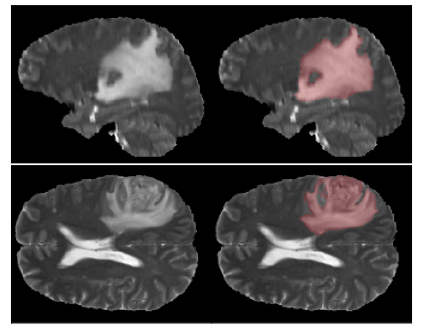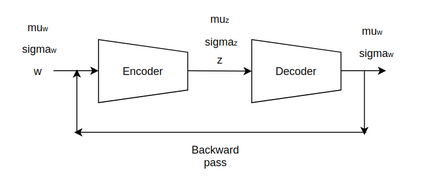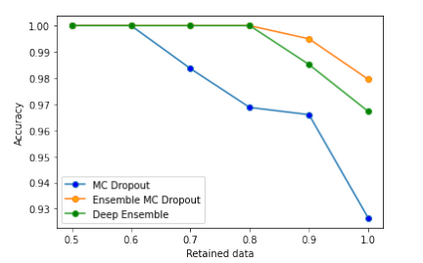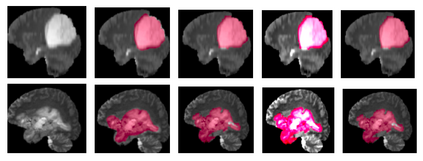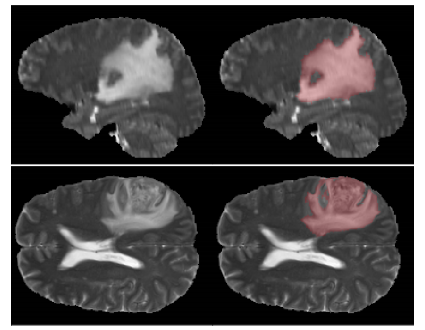Deep learning motivated by convolutional neural networks has been highly successful in a range of medical imaging problems like image classification, image segmentation, image synthesis etc. However for validation and interpretability, not only do we need the predictions made by the model but also how confident it is while making those predictions. This is important in safety critical applications for the people to accept it. In this work, we used an encoder decoder architecture based on variational inference techniques for segmenting brain tumour images. We evaluate our work on the publicly available BRATS dataset using Dice Similarity Coefficient (DSC) and Intersection Over Union (IOU) as the evaluation metrics. Our model is able to segment brain tumours while taking into account both aleatoric uncertainty and epistemic uncertainty in a principled bayesian manner.
翻译:由进化神经网络推动的深思熟虑在一系列医学成像问题中非常成功,如图像分类、图像分割、图像合成等等。 然而,为了验证和解释,我们不仅需要模型的预测,而且需要这些预测时的自信。这对于安全关键应用非常重要,人们能够接受。在这项工作中,我们使用基于不同推断技术的编码解码器结构来分割脑肿瘤图像。我们用Dice相似系数(DSC)和Intercluction over Union(IOU)作为评估指标,评估了我们关于公开提供的BRATS数据集的工作。我们的模型能够分解脑肿瘤,同时以有原则的海湾方式考虑到疏远的不确定性和集中不确定性。

